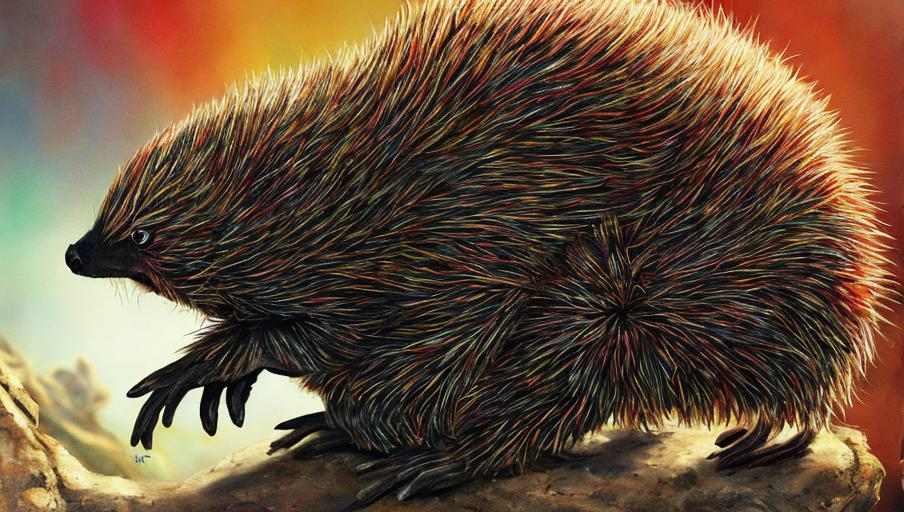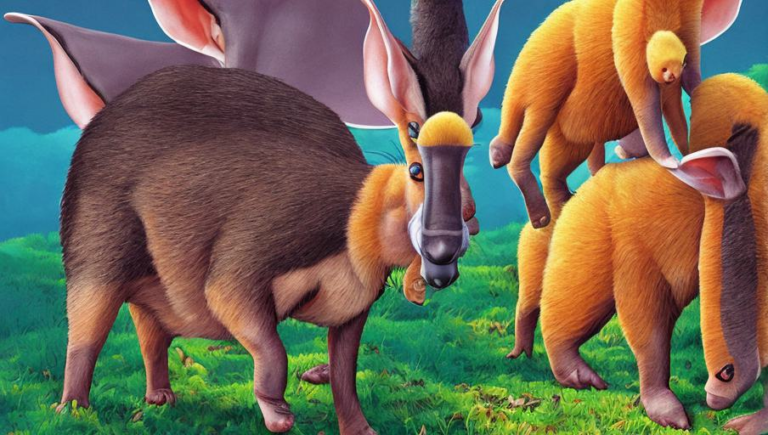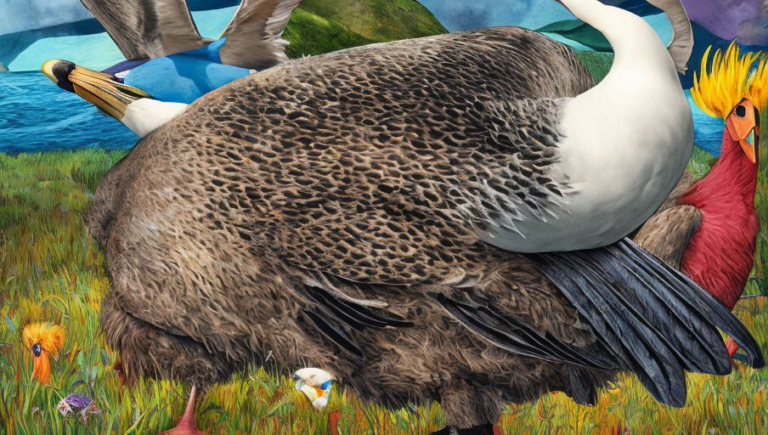Habitats of the Echidna

Habitats of the Echidna
The echidna is an ancient monotreme species that is found in various parts of Australia, Tasmania, and New Guinea. This unique creature has a spiny coat of fur that protects it from predators and helps it to survive in its native habitats. While the echidna is most commonly found in forested areas, it can also inhabit a variety of other habitats, including grasslands, woodlands, and even some semi-arid regions.
Adapting to Different Environments
The echidna is an incredibly adaptive creature, and it has adapted to a variety of different environments over the centuries. In Australia, for example, the echidna can be found in both wet and dry woodlands, as well as in grasslands and some semi-arid regions. In New Guinea, the echidna is found in both lowland and highland forests, as well as in grasslands and in some of the higher mountains.
Behavioral Adaptations
The echidna has several behavioral adaptations that help it survive in its various habitats. One of the most notable adaptations is its diet. The echidna is an omnivore, meaning it eats both plants and animals. In Australia, the echidna feeds on a variety of insects and larvae, as well as some small mammals and birds. In New Guinea, the echidna feeds mostly on earthworms, ants, and other small invertebrates. The echidna also has a keen sense of smell and can detect prey from a distance.
Climate Adaptations
The echidna is also able to adapt to different climates. In Australia, the echidna is found in both hot and cold climates, as well as in temperate regions. In New Guinea, the echidna is found in both wet and dry climates. In order to survive in these climates, the echidna has several adaptations that allow it to better survive. It has a thick coat of fur that helps to keep it warm in colder climates, and it has long claws that help it to dig burrows in order to stay cool in hotter climates.
Threats to the Echidna
The echidna is a species that is currently threatened by a variety of factors. These include habitat loss due to deforestation, hunting, and changes in land use. It is also threatened by the introduction of predators, such as cats, dogs, and foxes, which can prey on echidnas. Climate change is also a major concern, as it can lead to a decrease in suitable habitats for the echidna.
Conservation Efforts
Fortunately, there are several conservation efforts underway to help protect the echidna. These include habitat protection, captive breeding programs, and education campaigns. Additionally, there are a number of organizations that are dedicated to the conservation of the echidna, such as the Echidna Conservation Society and the Echidna Preservation Society.
Conclusion
The echidna is an ancient species that has adapted to a variety of different habitats and climates. Unfortunately, it is now threatened by a variety of factors, including habitat loss, hunting, and the introduction of predators. Fortunately, there are several conservation efforts underway to help protect the echidna and ensure its survival.





